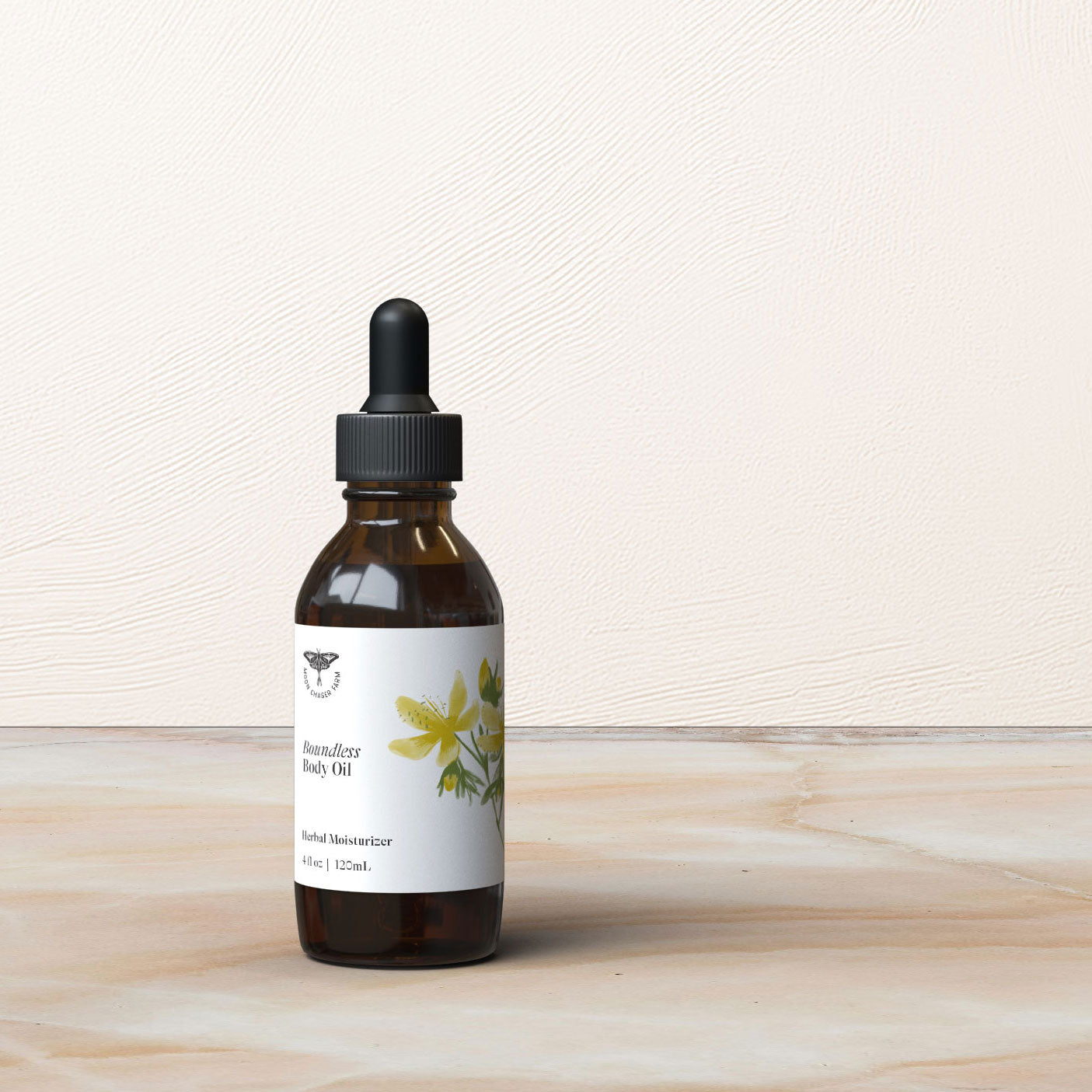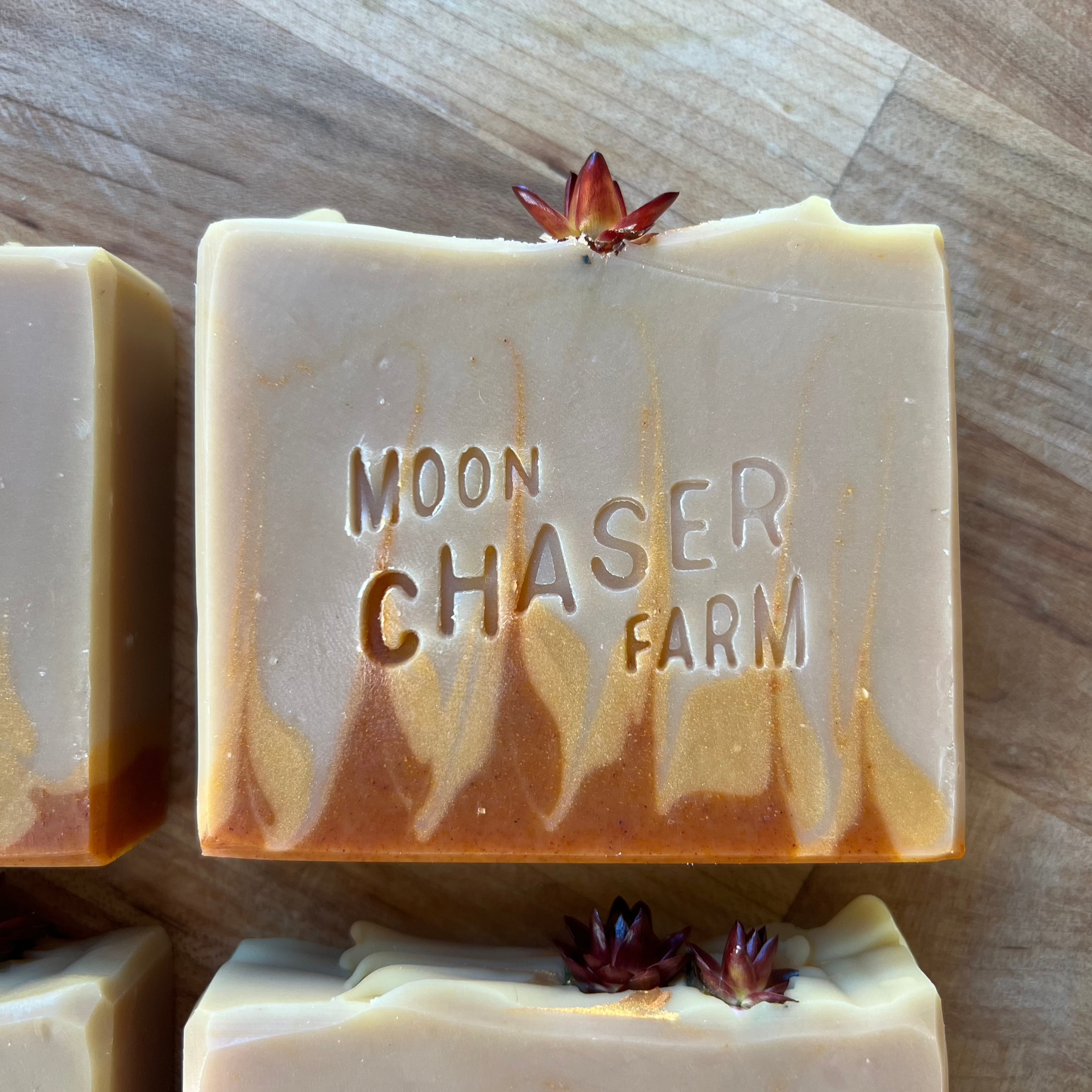Seaweed + Your Skin
My recent intrigue for Bull Kelp, or Nereocystis, stems from the past year and a half since Alec and I really began foraging. Whenever we would be out at the coast, you could find him scoping out the beaches for Bull Kelp, and going on enthusiastically about trying his hand at making Bull Kelp pickles. But it wasn't until this past summer when I finally got to experience what he was talking about.
Since then, I've used the scraps from his Bull Kelp projects to experiment with my own, and it sent me down a rabbit hole of researching the benefits of the different vitamins and minerals in seaweeds common to the Pacific Coast of the United States.
If you take anything away from reading this, I hope that it is any of these three things: seaweeds are nutrient dense, they're packed with trace minerals and vitamins, and they're rich in Omega-3 fatty acids. For these reasons, adding different seaweeds to your diet and skincare routine can be super beneficial.
As our skin is our largest organ, most (though not all) of the vitamins and minerals found in different seaweeds can be absorbed transdermally (through our skin). While we can can experience some of their benefits through topical application, we do not experience them the same way we might by adding them to our meals, though more on that later.

Bull Kelp is a large, brown algae. A handful of the minerals found in this algae are calcium, phosphorus, magnesium, sodium, potassium, zinc, copper, manganese, and selenium. Below I try to break down a bit about how each of these minerals and trace elements interact with your skin.
Calcium: High calcium content in the upper epidermis helps maintain continual and efficient barrier functions, aka, helps your skin better protect itself. If you have dry skin, applying topical creams and oils with high calcium content may help combat the problems associated with dry skin. A function of calcium within the skin is to stimulate the skin's own age-protective and cancer-protective antioxidants. While science doesn't know the precise mechanisms or process, calcium content has been directly linked to the production of catalase and indirectly linked to superoxide dismutase, also known as two of the skin's most powerful antioxidants. Antioxidants prevent damage to the skin's collagen, and they prevent DNA damage that lead to premature aging of the skin as well as skin cancer. Therefore, products with ingredients that contain calcium may help in providing anti-aging benefits and enhance skin cancer protection. (Source)
Phosphorus: Almost all phosphorus in the human body is found as one of the chemical forms of phosphorus called phosphate. Phosphorus is required by almost every single metabolic process in the human body. It is also involved in the biochemical reactions governing the metabolism of carbohydrates, fatty acids, as well as in protein-metabolism. According to Registered Dietitian Lauren Burns, RD, LD, “Phosphorus is also a crucial component of phospholipids, a structural bilayer that supports the structure of every one of our cellular membranes. In other words, a healthy phosphorus balance means healthy cellular membranes (including skin cells)! Important to note is that phosphorus works to make our friend calcium more readily available.
Magnesium: Stimulates enzymatic activity in cells. Transdermal magnesium studies are very limited, and there are varying opinions on the body's ability to absorb it fully through the skin. However, some are of the belief that transdermal applications of magnesium enter the body quicker, bypassing the digestive system where many nutrients, including magnesium, are poorly absorbed. Magnesium is a natural muscle relaxant, which is why seaweed added to a bath might be extra soothing for muscle cramps, or why seaweed bath houses are so popular in places like Ireland! Magnesium also has a role in our muscular calcium regulation. Magnesium is absorbed into the epidermis to support over 300 enzymatic actions.
Sodium: Helps with fluid balance, muscle function, and nerve impulses.
Potassium: While potassium is not absorbed through the skin, it can enhance the moisture and feel of your skin. According to Registered Dietitian Lauren Burns, RD, LD, potassium in your diet helps to regulate our extracellular sodium balance, which is good news in a country that has notoriously high blood pressure.
Zinc: In addition to anti-inflammatory properties, topical zinc may help clear acne-causing bacteria from the skin and reduce oil production.
Copper: Stimulates dermal fibroblast proliferation, or rapid increase in cells in the dermis layer of skin which are responsible for generating connective tissue and allowing the skin to recover from injury. “Specifically, fibroblas proliferation facilitates cross linkages between collagen and elastin, important components of connective tissue strength” (Burns). Using organelles, dermal fibroblasts generate and maintain the connective tissues which unite separate cell layers. Copper also up-regulates collagen (types I, II, and V) and improves elasticity in the skin.
Manganese: Involved with the "energy centers" of the cell. It is anti-inflammatory! Trace minerals, such as manganese, are important in the healing process of wounds. Manganese is needed for producing the amino-acid proline which is essential for collagen formation and wound healing in human skin cells. Early research shows that applying manganese, calcium and zinc to chronic wounds for 12 weeks may improve healing. (Source)
Selenium: An antioxidant, selenium works in detoxifying and binding heavy metals. It also protects red blood cells against free radicals, unstable and disruptive molecules in the cell. Selenium also protects cells from damage by neutralizing free radicals before they cause wrinkles, and protects against UV damage, skin inflammation and pigmentation. “Selenium is a crucial trace mineral responsible for our glutathione production, a very important anti-oxidant" (Burns).
Herbalists often remark on different plant allies presenting themselves to us or calling out to us. Nereocystis has called out to me to learn more about her, and it has been so rewarding and humbling. Often, when called upon, it also forces us to learn about the habitat and forces at play for and against the plant (or algae) ally we are studying.
It's important to consider the ecological well-being of anything you are collecting. As I have learned more about Bull Kelp, I've learned that they are under a variety of stressors. In recent years, a population explosion of the purple sea urchin has contributed to a reduction of kelp forests' distribution and overall abundance (you can read more about that here).
I know I said I would speak on the benefits of adding seaweed to your diet, as the benefits are many, but there are folks who are much more well-versed and have written about this already. A great resource for anything related to seaweeds and their medicinal benefit is Ryan Drum aka "Fucus Man". He has an entire page dedicated to his different scientific articles about the benefits of seaweeds, that you should honestly dive down with a big mug of coffee. He's a delight.
Additionally, if you enjoy learning more about nutrition and a diverse diet that involves plenty of foraging, follow my friend Registered Dietitian Lauren Burns, RD, LD, whose name you've seen throughout this blog post. You can find her instagram here! She is a wealth of information and loves answering questions and sharing her knowledge and experience (also loves editing my nerdy blogposts).
If you would like a book with recipes, I highly recommend Ocean Greens Explore the World of Edible Seaweed and Sea Vegetables. Please consider sourcing this book from anywhere but Amazon, the link above will take you to Powell's Books in Portland.
Keep an eye out for mcf+a products incorporating Nereocystis very soon!








